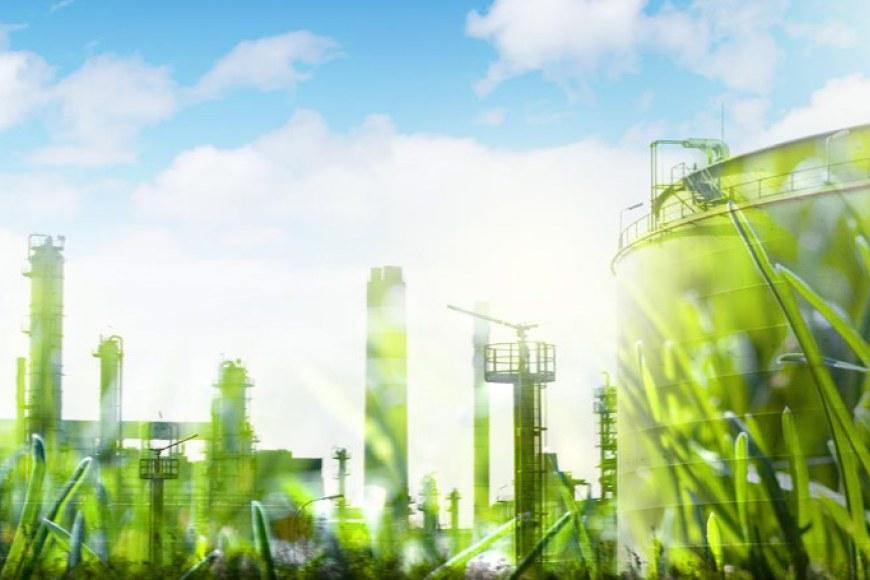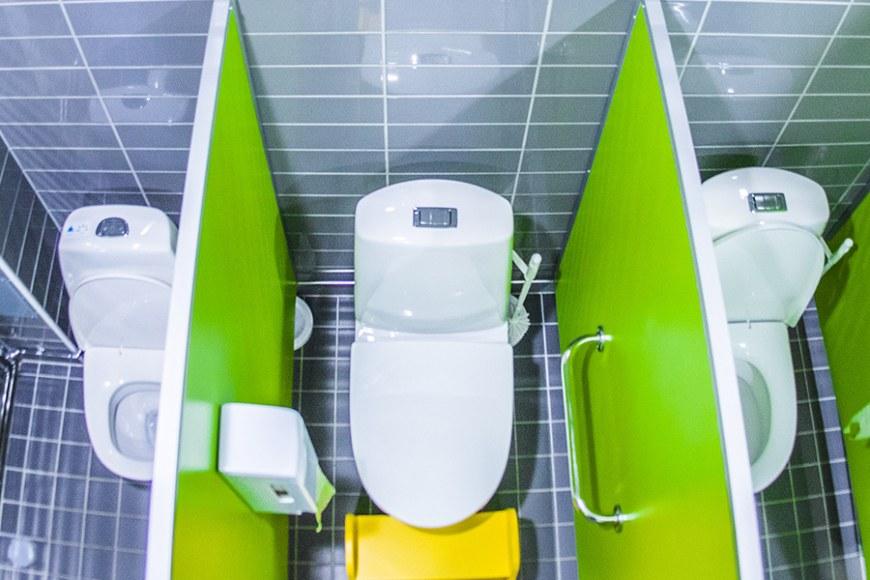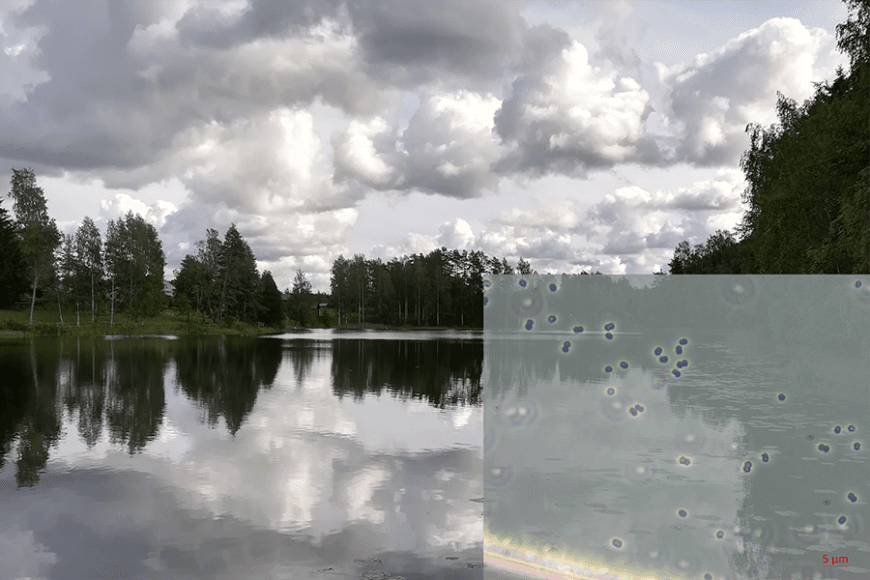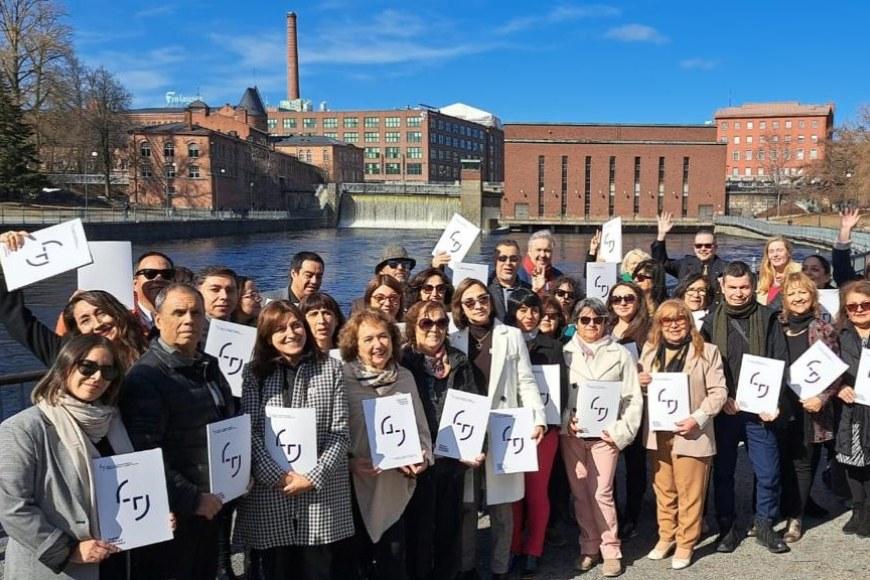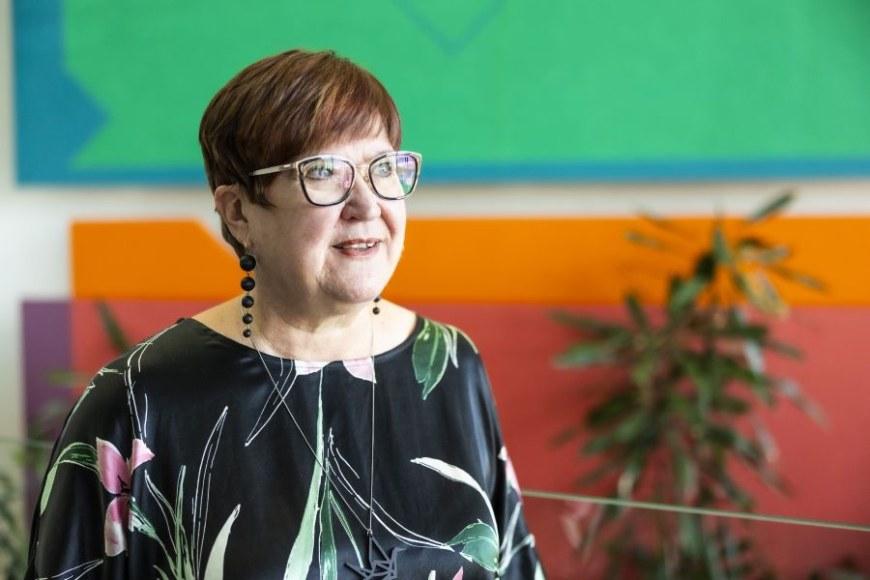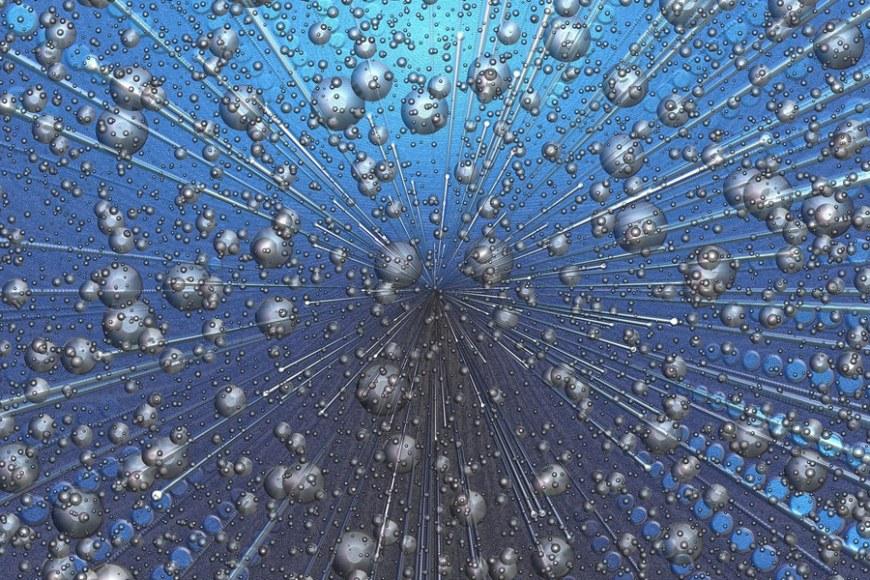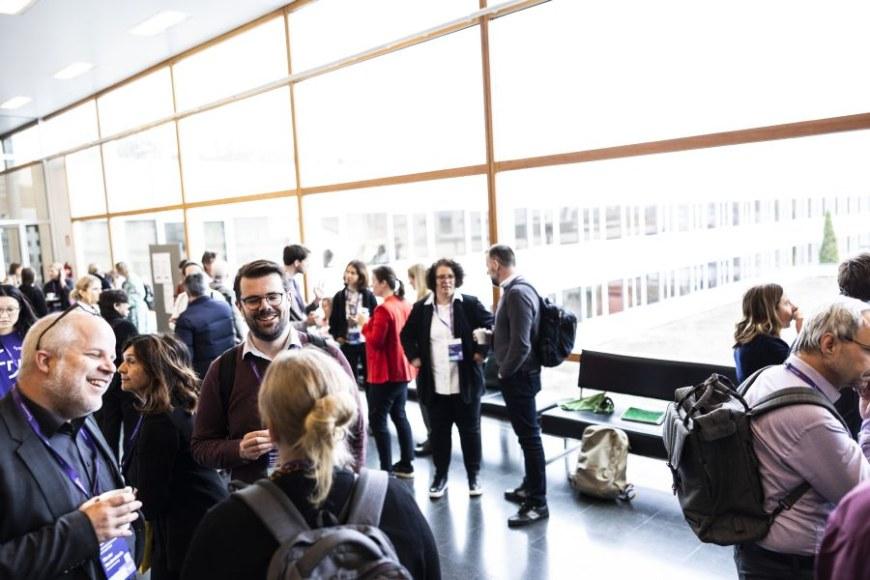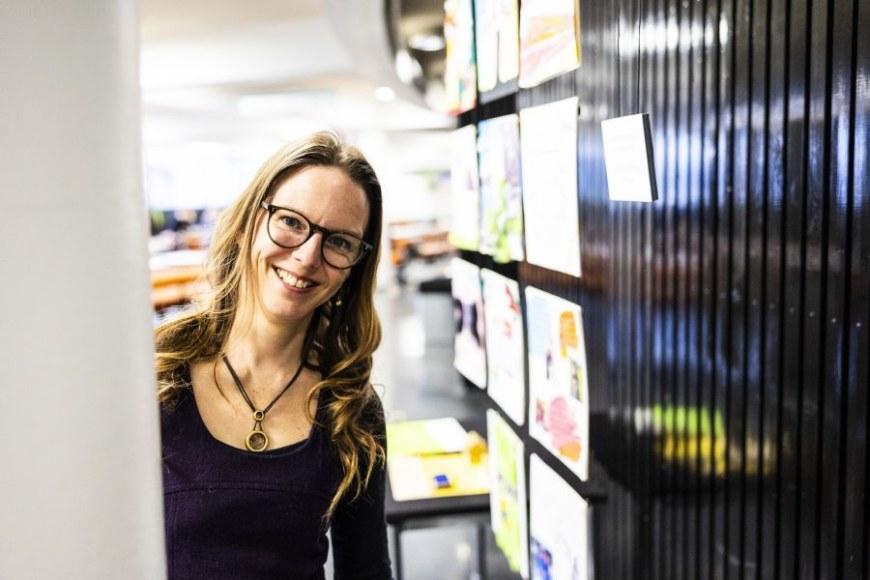Towards green transition with sustainable treatment of biomass wastes
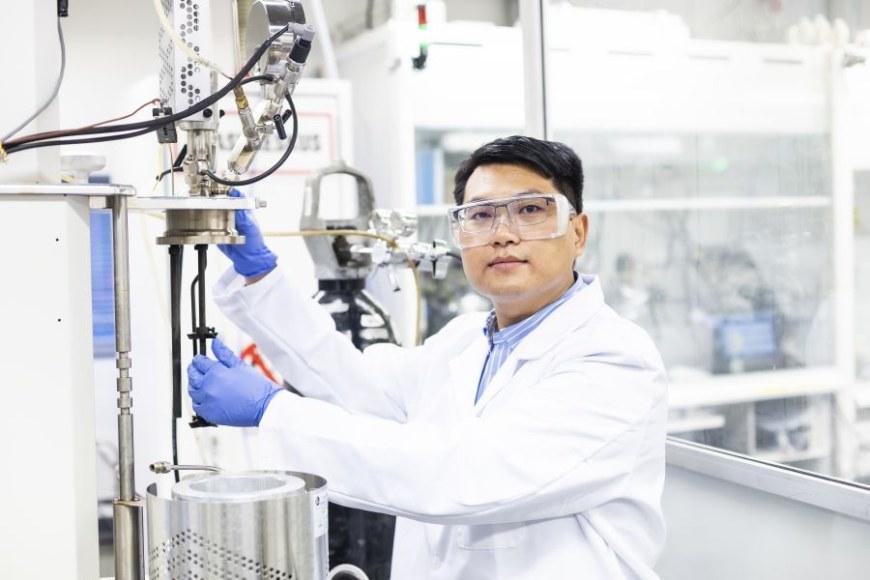
The research on hydrothermal carbonization and chemical looping gasification system (HTC-CLG) for resource recovery from sewage sludge started in September. By these innovative technologies Chao He and his research group Circular Economy Innovation (CEI) aim to reach carbon neutrality and pollutants mitigation.
Chao He is a global pioneer in the field of sustainable waste management research. Now his ambition is to make Tampere an international hub for sustainable waste management and circular economy.
“Our research will provide new insights into technologies and processes design for sustainable waste treatment. Ultimately, this research accelerates the green transition to a sustainable, carbon-neutral society and resource-efficient economy,” Chao He states.
The system developed by He and his team could be applied to treat different biomass waste streams with a high moisture and nitrogen content. In addition, the process can open up new opportunities for exploiting carbon resources.
In Finland, the forests and agriculture generate large quantities of biomass residues. Usually, these waste streams are collected and sent out for burning.
“We are demonstrating how these sorts of biomass residues can be efficiently pre-treated and then fed into our chemical looping process to produce clean hydrogen rich fuel gas,” Chao He states.
Converting waste into valuable chemicals and fuels
Municipal sewage sludge is a semi-solid residue generated from wastewater treatment plants after a series of physical, chemical, and biological treatment units. Increasing urban construction and more stringent effluent discharge standards in wastewater treatment plants have led to a huge amount of sewage sludge generation.
The researchers develop environmentally friendly processes for converting waste streams into valuable chemicals and fuels to reduce the carbon footprint. The municipal sewage sludge will be converted into recyclable high-quality nutrient products, e.g. the non-renewable phosphorus (P), and hydrogen-rich clean energy using a new catalytic thermochemical process.
“Our goal is to develop an integrated thermochemical system that is optimised based on catalyst design, chemical reactions, process control and integration,” Chao He explains.
He says that combined calcium oxide (CaO) conditioning and hydrothermal carbonization technologies are used to facilitate more efficient nutrients, such as nitrogen (N) and phosphorus (P), recovery from sewage sludge and inhibit formations of tar and nitrogen oxides (NOx) precursors in chemical looping gasification.
“High reactivity of modified oxygen carriers and CO2 gasifying agent are designed to enhance chemical looping gasification of hydrochars towards CO2 utilization as well as clean and tar-free syngas yield,” He explains.
Multidisciplinary research in collaboration with international partners
The research is based on multidisciplinary sciences in environmental and energy engineering, thermochemical and physicochemical processes, chemical reaction engineering, materials design and applied catalysis.
Chao He works as an Associate Professor in Bio and Circular Economy unit at faculty of engineering and natural sciences. At the moment, there are two Ph.D. students, one researcher and one postdoc researcher working in He’s Circular Economy Innovation research group.
The research has been funded by the Academy of Finland, and it will continue until August 2026. The project team works in collaboration with Nanyang Technological University in Singapore, Norwegian University of Science and Technology, and Luleå University of Technology in Sweden.
Further information
Chao He
tel. +358 50 476 6776
chao.he [at] tuni.fi
Text: Anna Aatinen
Photo: Jonne Renvall
